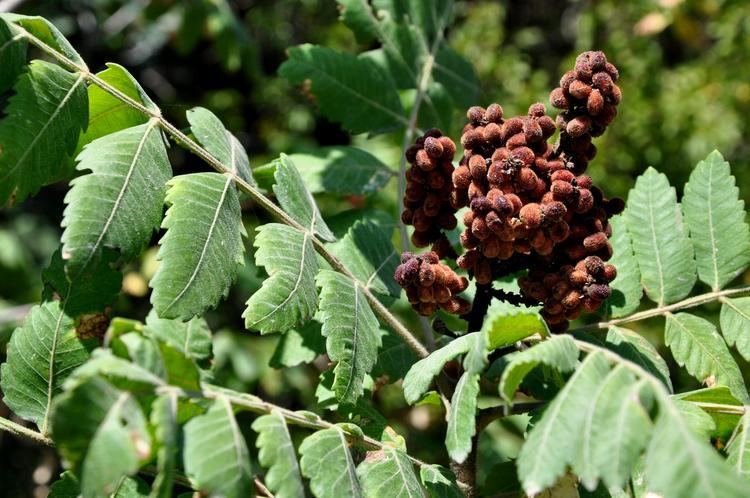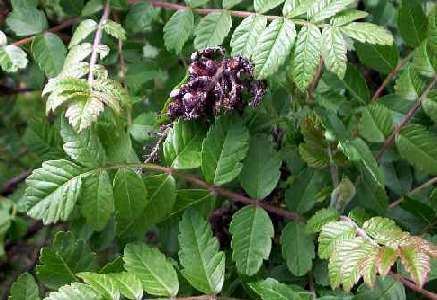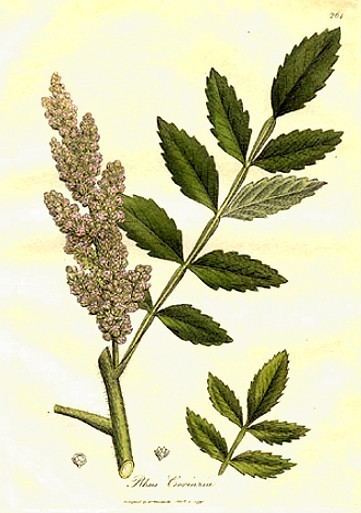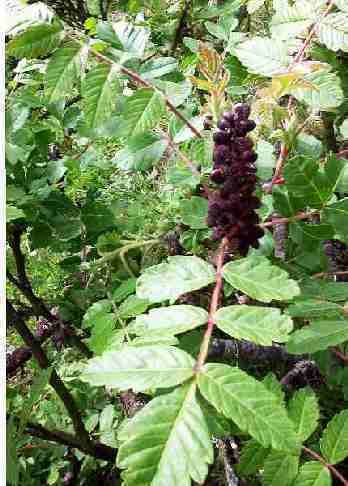Scientific name Rhus coriaria Rank Species | Genus Rhus Higher classification Sumac | |
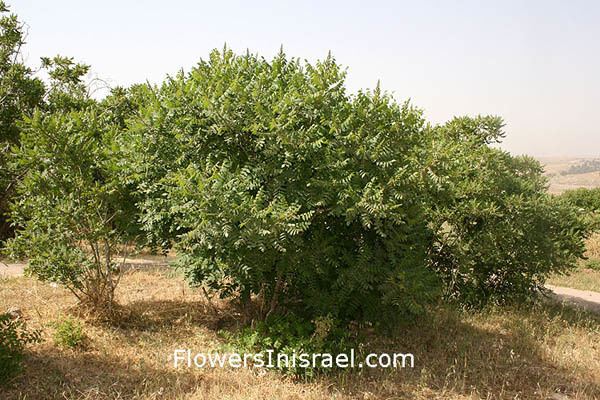 | ||
Similar Sumac, Rhus typhina, Anacardiaceae, Rhus glabra, Autumn Crocus | ||
Frutos del zumaque rhus coriaria www riomoros com
Rhus coriaria, commonly called Sicilian sumac, tanner's sumach, or elm-leaved sumach, is a deciduous shrub to small tree in the Anacardiaceae or Cashew family, native to southern Europe. The dried fruits are used as a spice, particularly in combination with other spices in the mixture called Za'atar.
Contents
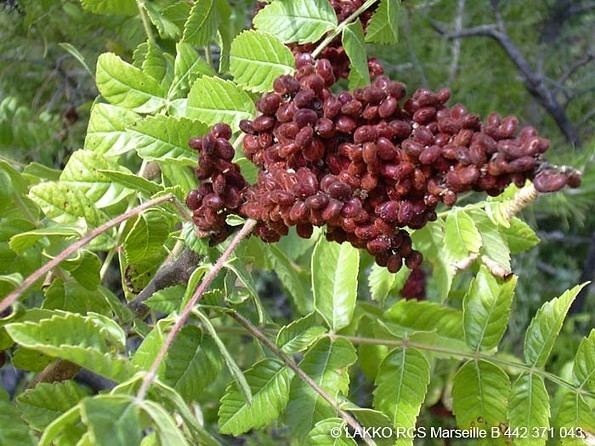
Cultivation
The plant will grow in any type of soil that is deep and well-drained.
Uses
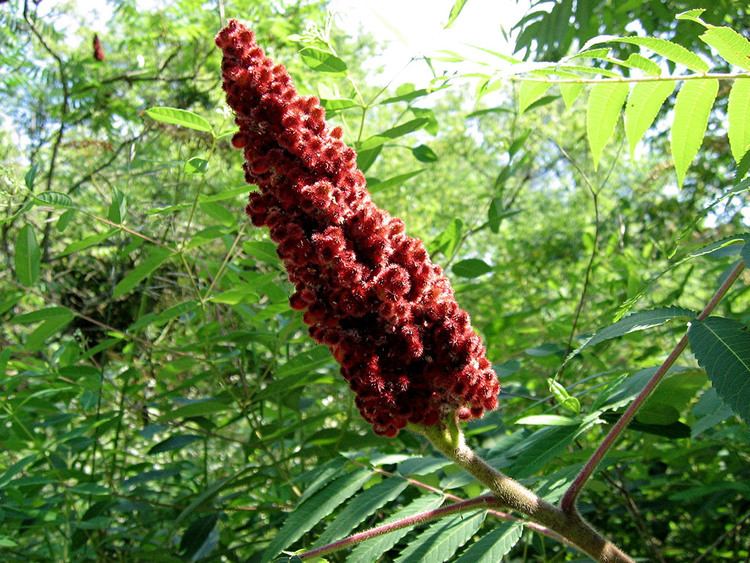
Caution should be used about consuming sumac (see Toxicity, below). The fruit has a sour taste; dried and crushed, it is a popular spice in the Middle East. Immature fruits and seeds are also eaten.
The leaves and the bark were traditionally used in tanning and contain tannic acid.
Dyes of various colours, red, yellow, black, and brown, can be made from different parts of the plant
Oil extracted from the seeds can be used to make candles.
Toxicity
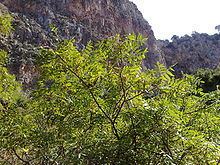
It has been postulated that the sap and the fruit contain toxins that can cause severe irritation in people who are sensitive to these compounds. Because of its botanical relationship to other urushiol-containing species of the genus Rhus, consumption or contact with any part of the plant have been implicated with allergic reactions. However, cases involving pure Rhus coriaria have not been documented in medical literature.
